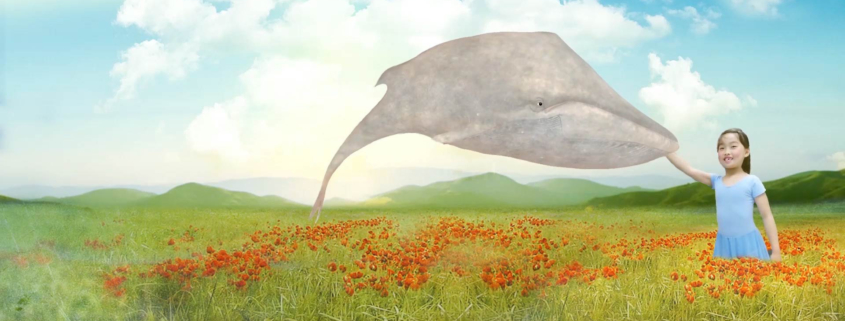
Love is the foundation of life. It is a foundation that helps teach lessons on helping and caring for others. Giving and receiving love is essential for overall well-being and positivity.
How can children comprehend the meaning of “love”, and how can they learn to share this with others?
As with many other learning aspects, we learn best through our observations, interactions, and experience.
How can Holographic AR help students learn about love and helping others?
Holographic Augmented Reality, or Holographic AR, immerses people within a virtual environment, allowing them to interact with digital objects, as well as areas on screen within the generated space. Holographic AR changes the perspective of how we see ourselves within the virtual environment and allows us to see how our actions in real-time alters what we see on the screen. It provides users with an interactive experience that enables movement-like controls and memorable interactions. By incorporating simple hand motions and body movements, this allows anyone to use and experience Holographic AR.
Students Learn about Love From Holographic AR Experiences
Holographic AR benefits many users for its level of immersion and providing a new experience played through a digital interface. By giving students an experience in which they learn through observation and movements, this allows vital information to easily translate. Several applications that hold potential to incorporate lessons on giving and being loved include, but are not limited to, games about cleaning trash (learning how to appreciate the environment) and saving endangered animals (teaching animal lovers what they can accomplish). These simple ideas expel a prominent focus of learning how to love and appreciate the Earth and its inhabitants.
For a student, when they see how picking up trash makes the land cleaner or how saving endangered animals help better the ecosystem, they will effortlessly learn more about their world and how their thoughtful interactions can impact the planet in a positive, healthy way. Additionally, even applications with subtler messages can impact kids’ understanding of love and caring for one another. Holographic AR applications that relay a more heroic, fictional theme, like becoming a superhero to save the world from an alien invasion, still encourage a lesson of loving the human race and showing how caring actions can impact the world we live in.
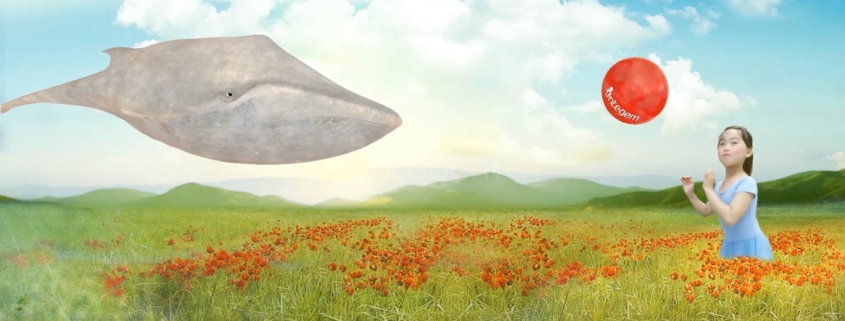
Example Project “Flying Whale”
Flying Whale is a few minute interaction with a virtual whale on screen, where the player can interact with the whale in a variety of ways. They are able to pet, play ball, feed, and perform tricks with the whale, and in turn, the whale responds accordingly to every action. The whale responds positively and warmly to the player petting it, eats whatever the player gives, and plays games by bouncing the ball back with its nose. Additionally, if the player spins, the whale will also spin as well, mimicking the movement.
This experience allows children to interact within an inviting simulation. The whale emulates genuine care for the player through it’s responses to the player’s movements and actions. Playing through the experience, children will feel excited and grow fond of interacting with a virtual pet. The interaction between a young child and the virtual whale brings a fun, light-hearted experience and fills a sense of love and compassion between the real and virtual characters involved.
Students Create Their Own Holographic AR to Help Others to Learn Love
Students learn best from interacting with their peers. What if they can help their peers learn about love through compassion and care?
Integem, Inc. creates the Holographic AR programming language that enables students to design and develop their very own custom Holographic AR project. By empowering them with the technical skills, students are able to put forth their ideas and enable their creativity to craft the experience they envisioned. Even without any development experience, they will be supported by a team of designers and technical developers. By creating Holographic AR applications that included themes of love, appreciation, and helping others out, students can be motivated to accomplish positive impacts outside of the digital space.

A 10-year old student created the Holographic AR project “Help Animals”.
In this project, players help different animals prepare for the Winter by including several scenarios of action. They utilize various hand and body movements to interact with digital objects on screen to assist animals in need of help. Examples include helping a migrating reindeer by moving a block to fix the broken road, assisting a squirrel stock their food and stopping a thieving raccoon. Players learn through their actions, and by seeing how they help the animals through movement, it becomes easier for them to comprehend their motivations for helping out. This translates to better learning about Love.
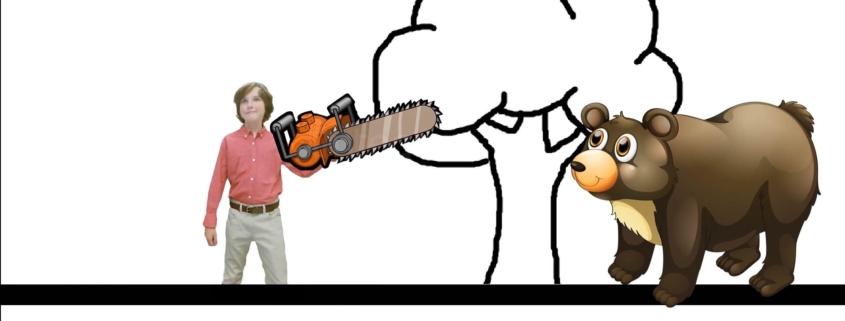
In a final scenario from the project, they are tasked with helping a bear prepare for hibernation during the Winter. A chainsaw appears on screen and prompts the player to cut down the tree in order to build a house for the hibernating bear. These actions, like many before, are accomplished through the player placing their hands on top of the digital objects and moving it to the intended area on the screen. The objects respond to the players touch, and they are able to see themselves move it around and place it easily on any part of their screen.
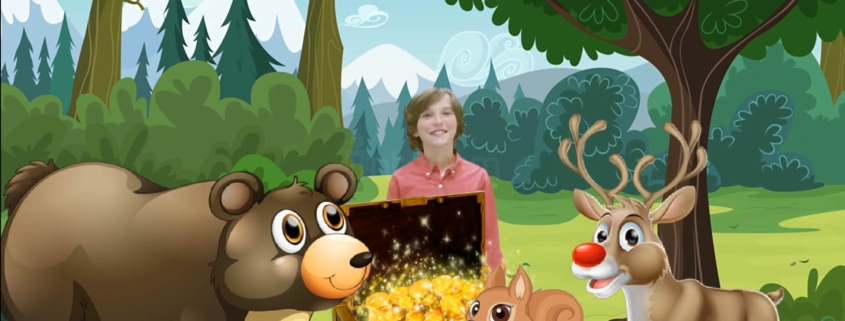
After the player has helped all the animals, they show the player their gratitude and reward them with their treasures!
This simple project provides the example of giving and receiving love. As the theme of this project is meant to exemplify compassion, students are able to learn more about love: that love is to give, appreciate, and give back. While this project needs more technical improvement for future uses, many students that interacted with this experience in class loved it very much! It became a fun experience for them and helped them feel good about themselves and their actions. In the end, they felt inspired to help others.
Holographic AR helps people, especially kids to learn through interaction and experience, rather than observe, listen, or write. By engaging physically in acts throughout experience, the content or message of the application easily translates to the players and potentially inspires them to act outside of the digital realm. Deeds like giving love, helping, and protecting others helps young viewers understand the concepts of love and to use that to motivate themselves to create positive impacts within their surroundings.

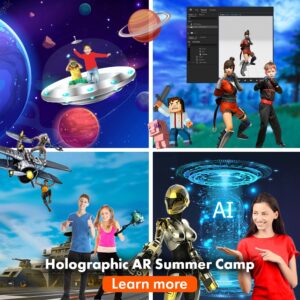

Recent Comments